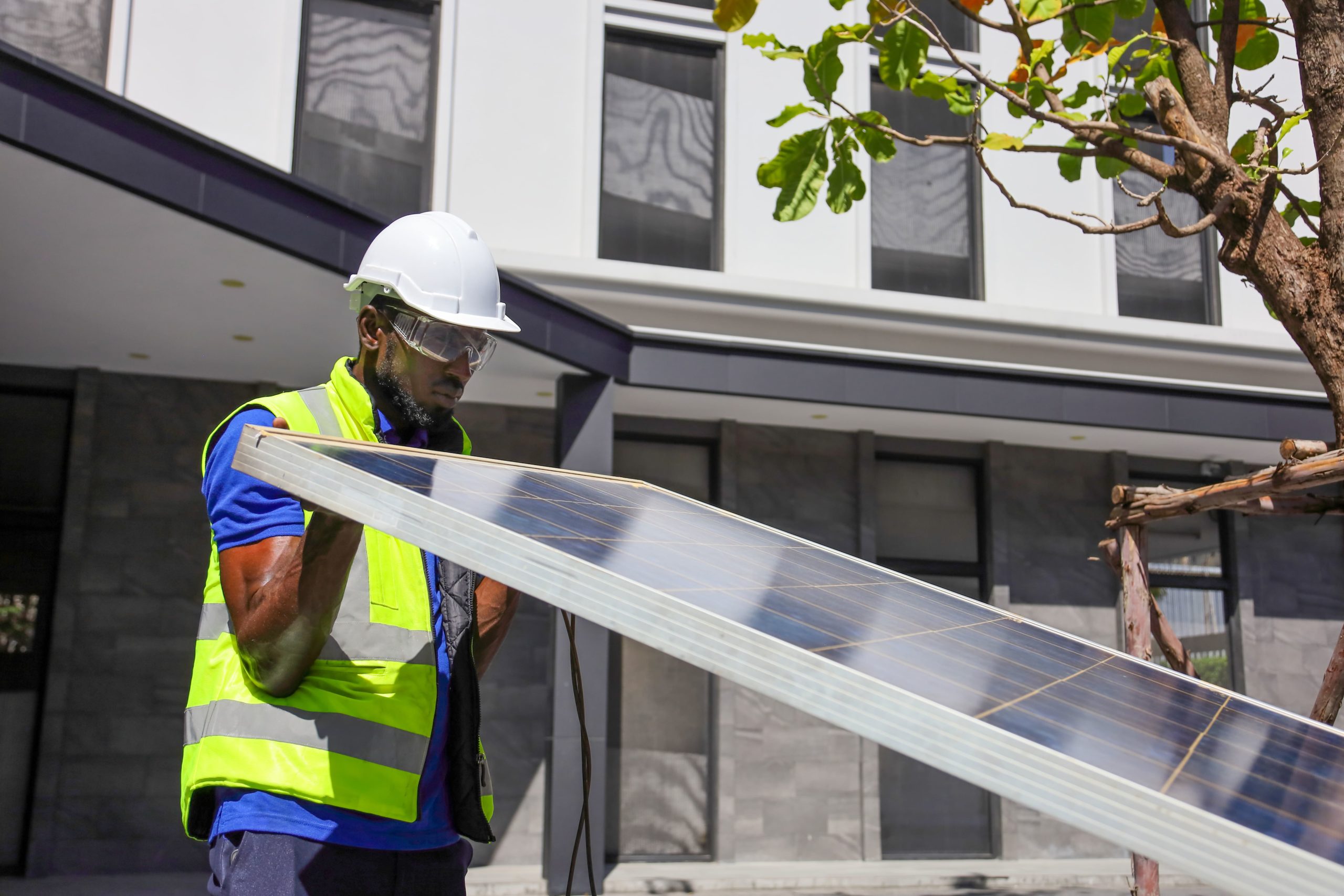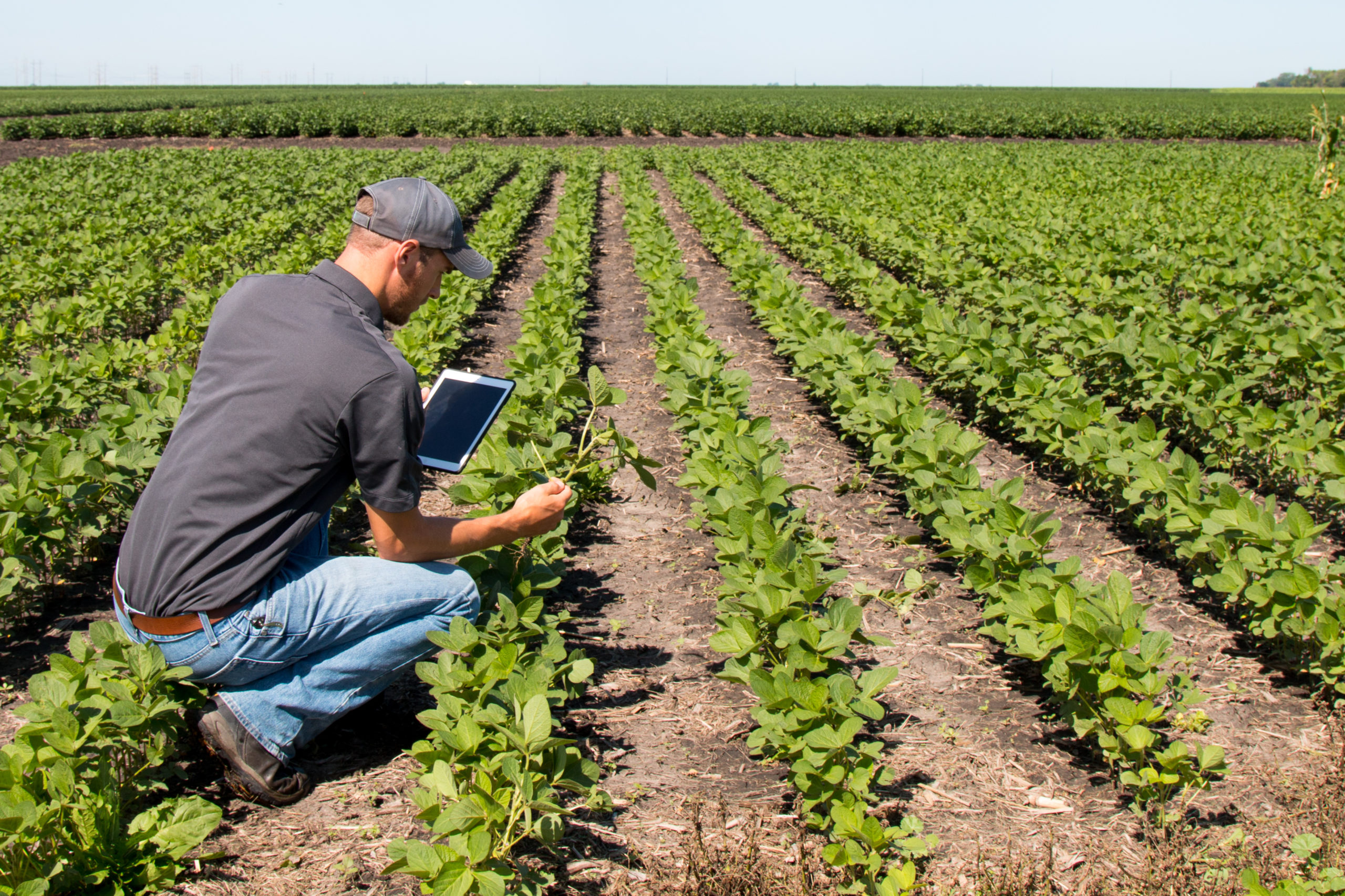This blog frequently covers new and inventive ways to meet the energy demands of the future. Back in December we looked at whether solar power could be used to run Britain’s trains and, earlier in the year we examined how bladeless turbines could increase the energy yield from wind farms. Most of these energy innovations are aimed at powering urban areas, and with good reason. The UN predicts that, by 2050, two thirds of the world’s population will live in cities, and powering these cities will be one of the biggest challenges facing humanity. But what if we’re looking at the problem backwards? What if, far from being a huge drain on the world’s electricity supplies, the existing infrastructure of cities could be used to generate power?
Winds of change
Last week London’s Crossrail network announced that it was teaming up with London-based startup Moya Power for a pilot project that aims to harness electricity from the wind generated by moving trains. The project will see specially-designed plastic sheeting hung in tunnels on Crossrail routes. Each sheet has thousands of filaments which are embedded with electric film, allowing them to convert movement into electricity. The passing trains will cause the sheets to flutter, and this movement will generate electricity. This video explains more.
Moya Power’s founder Charlotte Slingsby was inspired by the windiness of her home city of Cape Town to consider the possibilities of harnessing the energy created by cities themselves. She believes that low-tech, widely available solutions are the key to powering the cities of the future:
“If we all live in cities that need electricity, we need to look for new, creative ways to generate it. I wanted to create something that works in different situations and that can be flexibly adapted, whether you live in an urban hut or a high-rise.”
Looking at cities in a new way
Although the amount of electricity generated by Moya Power’s project will be fairly minimal, it points at a future where we harness every facet of city life in order to generate power. Once you start to look at cities as potential generators you start to see opportunities everywhere. The idea of individual cities, and even individual buildings, generating their own power instead of relying on a national grid is called microgeneration. As urban populations grow and emissions regulations become stricter, the idea of generating power ‘in house’ is going to become increasingly attractive.
One of the most obvious ways to do this is through solar power. Modern skyscrapers have millions of square feet of untapped surface area that could be used to house solar panels. Polysolar is a Cambridge-based company that manufactures solar panels that double as glass. This allows office blocks and other large buildings to harness their entire surface area whilst keeping the building bright and aesthetically pleasing. CEO Hamish Watson believes that microgeneration is the way forward for such buildings:
“Buildings are seeing what the future is, and the future is generation on site. It’s a no-brainer in many respects. Why wouldn’t you use a building’s glass to generate energy?”
Turning buildings into giant solar panels is a good start, but there are many other ways in which the day to day activity of a city can be used to generate power. For example, it may soon be possible to harvest the kinetic energy of human footsteps, especially in places with high volumes of foot traffic such as train stations and shopping centres. Pavegen is a London-based company who install both temporary and permanent energy-creating footpads. These work by taking advantage of the piezoelectric effect, the name given to the charge accumulated by certain materials, most notably crystals, when they are put under pressure. The process is explained in more detail in this video.
Pavegen CEO Laurence Kemball-Cook describes the idea:
“People walk up to 150 million footsteps in their lifetime. When I was walking through a busy train station in London I thought what if we can convert the energy from every single person walking at the station into a meaningful amount of power.”
Almost every element of city life can be turned into electricity, even the most unpleasant. Last year, the Danish City of Marselisborg became the first city in the world to power its entire water supply using only the energy harnessed from sewage. A single water treatment plant is now able to provide clean water to the city’s 200,000 residents, and even create excess electricity which can be sold to the national grid. This is done by extracting biogas, primarily methane, from household sewage which can then be burned for heat and electricity.
The sheer amount of activity in a modern city means that opportunities to generate electricity are everywhere. Cities are dynamic in every sense of the word and we’d be foolish not to take advantage. The more you think about it, the stranger it is for cities to buy in electricity from elsewhere rather than generating their own. A small shift in perspective opens up a world of possibilities. As Hamish Watson says ‘The big power companies are potentially a thing of the past.’
A boost for innovative projects
Generating enough electricity to cater for a growing urbanised population will be one of the main challenges we face in years to come. If your company is working on new ways to harness energy, or ways to improve the efficiency of current energy sources, you should consider applying for an Innovate UK grant. Applications are now open for the organisation’s Emerging and Enabling Technologies sector competition which offers a share of £19 million for forward-thinking projects in a number of areas. One of the key areas mentioned in the competition’s scope is energy harvesting, in particular ‘scavenging low levels of energy from external sources.’
Innovate UK award their grants on a competitive basis so it’s not enough to have a good idea: you need to sell it as well. That’s where we can help. We have decades of experience with Innovate UK applications and can help you every step of the way.
Get in touch today and let’s get started.






